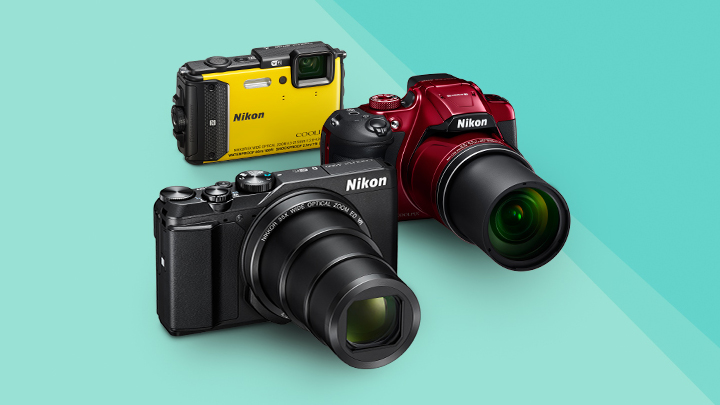Smartphone cameras have improved drastically over the years that it has become the go-to device of users when it comes to daily photography. While we don’t see this behaviour to change in the near future, there are still reasons why a point-and-shoot camera is still better than a camera phone. Here’s why.
Table of Contents

The cameras in current flagship smartphones are impressive, no doubt about that. But if we’re talking about image and video quality, point-and-shoot cameras (especially the high-end ones) are still way ahead since they have larger sensors and lenses which is better when it comes to capturing light. They’re more capable in shooting fast moving subjects, have great ISO ranges, and can shoot in low-light with less noise.
One of the features that camera phones are touting nowadays is its zoom capability. However, these smartphones usually have 2x to 3x optical zooms then uses digital zoom further than that. In point-and-shoot cameras, it’s normal to have a 10x optical zoom range. If you’re really into zoom, there are cameras that offer 40x optical zoom.
If you’re the type who wants full control when it comes to taking photos then a point-and-shoot would be a more ideal device. Although some smartphones have a “Pro” mode, it’s not as complete and as intuitive compared to a point-and-shoot with physical dials.

Just like smartphones, point-and-shoot cameras come in different types to fit different kinds of photographers. There’s the typical compact cameras which are great for day-to-day photography and vlogging, zoom compact cameras with powerful zoom lens, advanced compact cameras for those who want more controls and features, and rugged types for those who need a camera that can withstand the harsh outdoors. Camera phones, on the other hand, don’t have that kind of versatility.
Camera phones can actually work together with smartphones to provide the users the best of both worlds, and one of them is battery and storage. When you use a point-and-shoot for your photography needs, you can save your phone’s battery life and storage. This works great for cameras with wireless capabilities as you can just shoot then transfer the images to your smartphone for editing and uploading on social media.
Since more people are buying smartphones than cameras, the price of some point-and-shoot models have also lowered. Some are even priced way below PHP 10K. You can even go for better models if your budget allows.
To conclude, although camera phones are more popular, there’s still a place for point-and-shoot cameras. If you’re serious about photography, then it’s an advantage to have a dedicated camera. If you aren’t, and you’re already satisfied with a camera phone, that’s fine as well. If you can make both devices work together, then that’s better. At the end of the day, what matters the most is that you captured that important moment, regardless if it’s a point-and-shoot or a camera phone.

YugaTech.com is the largest and longest-running technology site in the Philippines. Originally established in October 2002, the site was transformed into a full-fledged technology platform in 2005.
How to transfer, withdraw money from PayPal to GCash
Prices of Starlink satellite in the Philippines
Install Google GBox to Huawei smartphones
Pag-IBIG MP2 online application
How to check PhilHealth contributions online
How to find your SIM card serial number
Globe, PLDT, Converge, Sky: Unli fiber internet plans compared
10 biggest games in the Google Play Store
LTO periodic medical exam for 10-year licenses
Netflix codes to unlock hidden TV shows, movies
Apple, Asus, Cherry Mobile, Huawei, LG, Nokia, Oppo, Samsung, Sony, Vivo, Xiaomi, Lenovo, Infinix Mobile, Pocophone, Honor, iPhone, OnePlus, Tecno, Realme, HTC, Gionee, Kata, IQ00, Redmi, Razer, CloudFone, Motorola, Panasonic, TCL, Wiko
Best Android smartphones between PHP 20,000 - 25,000
Smartphones under PHP 10,000 in the Philippines
Smartphones under PHP 12K Philippines
Best smartphones for kids under PHP 7,000
Smartphones under PHP 15,000 in the Philippines
Best Android smartphones between PHP 15,000 - 20,000
Smartphones under PHP 20,000 in the Philippines
Most affordable 5G phones in the Philippines under PHP 20K
5G smartphones in the Philippines under PHP 16K
Smartphone pricelist Philippines 2024
Smartphone pricelist Philippines 2023
Smartphone pricelist Philippines 2022
Smartphone pricelist Philippines 2021
Smartphone pricelist Philippines 2020
M says:
.. but if you are buy a really cheap point-and-shoot, better use the camera phone instead =D
.. this is only true if you are using high end point-and-shoot like sony rx100’s and canon g7x’s